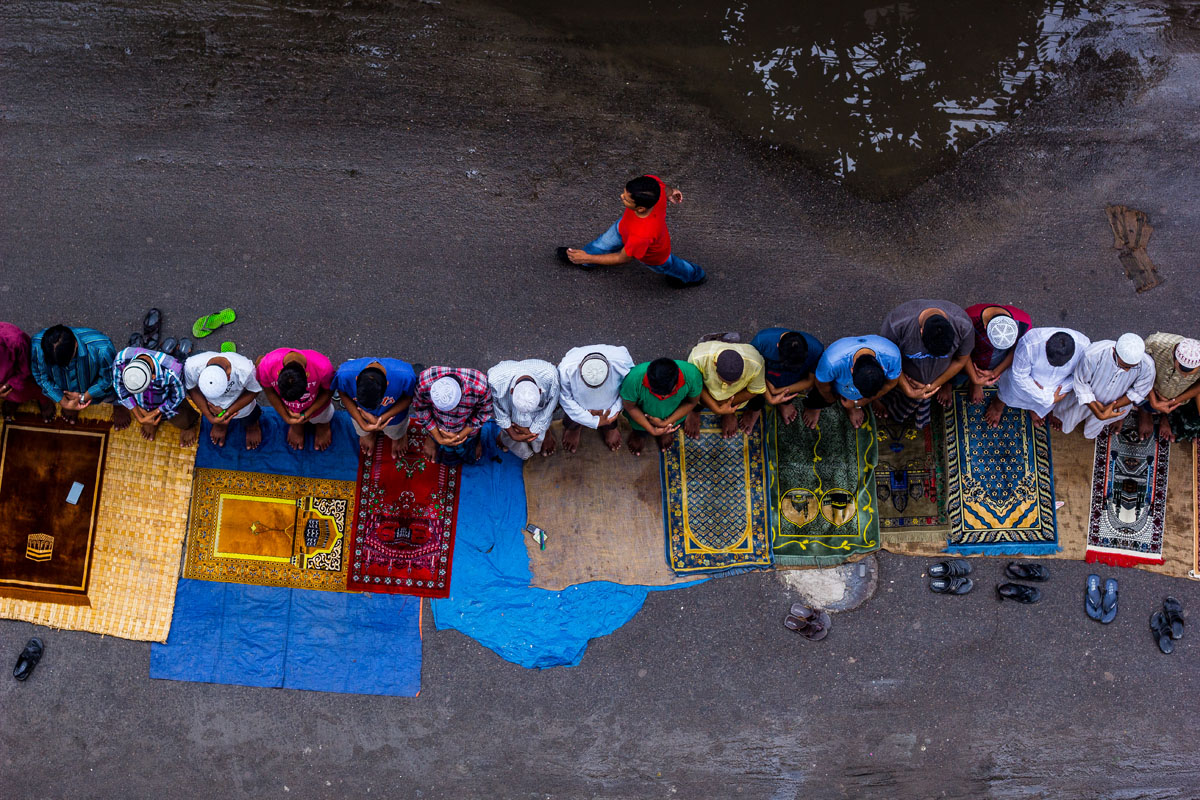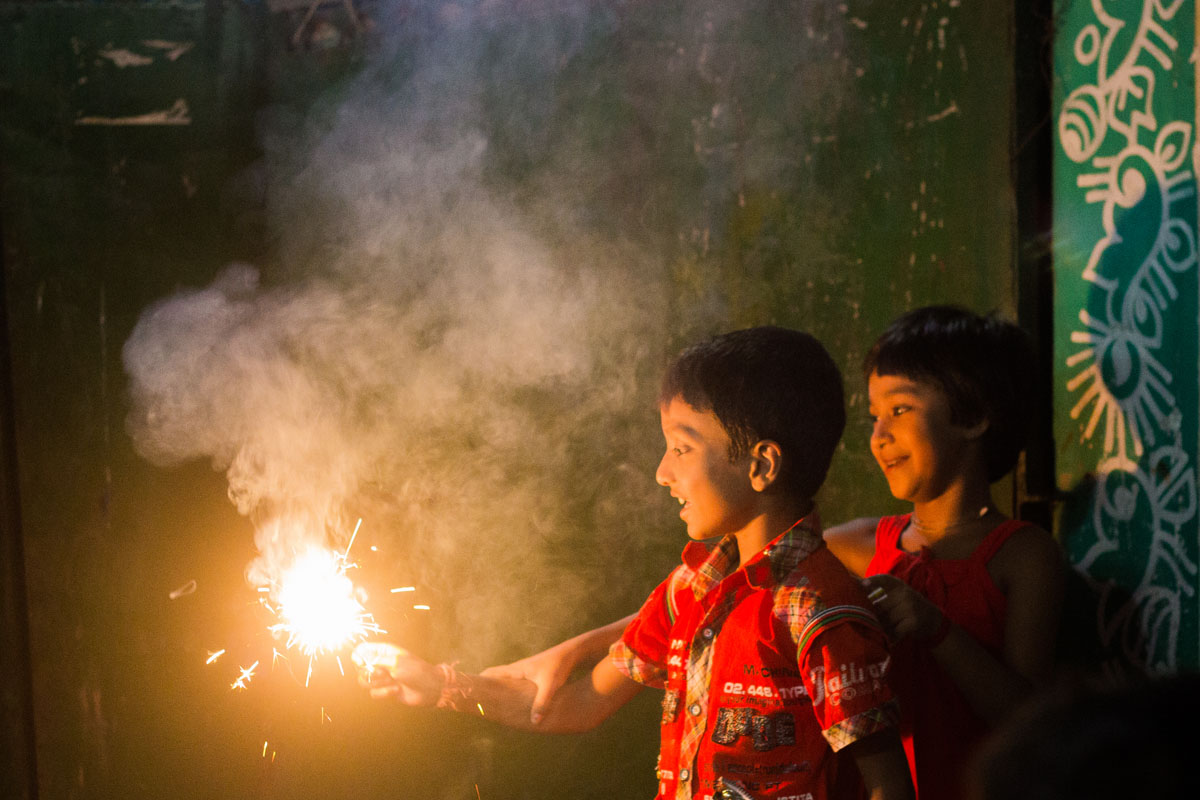Photographers are visual storytellers who use their creative vision and technical skills to capture moments, emotions, and narratives through the medium of photography. They possess a deep passion for imagery, using cameras and various tools to freeze moments in time, immortalizing them in a frame.
Their work can span across diverse genres such as portrait, landscape, documentary, fashion, wildlife, and more, each demanding its own set of skills and approaches. They might work independently as freelancers, for media outlets, in studios, or as part of creative teams.
Photographers must have a keen eye for detail, an understanding of composition, lighting, and technical aspects of cameras and equipment. They often need to adapt to different environments, manage shoots, interact with subjects, and post-process images to achieve their desired visual effects.
Apart from technical expertise, successful photographers often possess traits like creativity, patience, adaptability, and strong communication skills. They are adept at storytelling through visual means, conveying emotions, messages, or stories through their photographs.
Ultimately, photographers play a crucial role in capturing moments, preserving memories, documenting events, and shaping perceptions through their compelling visual narratives. Their work can evoke emotions, provoke thoughts, and inspire change, making them an integral part of the creative and storytelling world.

Responsibility of Photographer
Photographers carry several responsibilities that extend beyond just taking pictures. Here are some key aspects:
Ethics and Respect: Photographers have a responsibility to act ethically and respectfully. This involves obtaining proper permissions when necessary, respecting the privacy of individuals, and being sensitive to cultural or social contexts while capturing images.
Accuracy and Truthfulness: When documenting events or subjects, photographers should strive for accuracy and truthfulness. They have a responsibility to present an honest portrayal of the scenes they capture without misleading manipulation or misrepresentation.
Storytelling with Integrity: Whether in photojournalism or artistic endeavors, photographers are storytellers. They hold a responsibility to tell stories with integrity, conveying emotions, narratives, and messages while upholding the truthfulness of the story being depicted.
Safety and Well-being: Photographers should prioritize the safety and well-being of their subjects, themselves, and those around them. This includes being mindful of physical risks while shooting in challenging environments and ensuring the comfort and consent of the people they photograph.
Awareness of Impact: Photographers should be conscious of the potential impact of their work. Images have the power to shape perceptions, influence opinions, and evoke emotions. They should consider how their photographs might impact individuals, communities, and society at large.
Professionalism and Integrity: In the professional realm, photographers have a responsibility to maintain professionalism, meet ethical standards, deliver quality work, and respect agreements and contracts made with clients or employers.
Continued Learning and Growth: Photography is an evolving field. Photographers have a responsibility to continue learning, adapting to new technologies, refining their skills, and being open to different perspectives and techniques.
Ultimately, a photographer’s responsibilities are multifaceted, encompassing ethical, artistic, and professional considerations. Striking a balance between creative expression and ethical considerations is essential in fulfilling these responsibilities and contributing positively to the field of photography.

Vision of a photographer
A photographer’s vision encapsulates their unique perspective, creativity, and the way they interpret the world through their lens. It’s a blend of their individuality, experiences, emotions, and artistic sensibilities that shape how they capture moments and stories.

Unique Perspective: Every photographer sees the world differently. Their vision influences how they frame a shot, choose subjects, and interpret scenes. It’s about capturing what others might overlook and presenting it in a way that’s distinctive and thought-provoking.
Emotional Connection: A photographer’s vision often involves evoking emotions through their work. They aim to create images that resonate with viewers, stirring feelings, memories, or a sense of connection to the subject or the story being told.
Storytelling: Photographers often see their work as a form of visual storytelling. Their vision includes the ability to narrate tales, convey messages, or capture the essence of a moment through a single image or a series of photographs.
Artistic Expression: Vision drives a photographer’s artistic style and choices. It influences their use of light, composition techniques, color palette, and post-processing preferences, all of which contribute to the unique signature seen in their work.
Continuous Evolution: A photographer’s vision is not static; it evolves over time. They might experiment with new techniques, explore different genres, or refine their approach, continuously growing and evolving their vision.
Personal Values and Beliefs: A photographer’s vision might be shaped by their personal values, beliefs, and the causes they care about. Some photographers aim to shed light on social issues, advocate for environmental causes, or capture the beauty of cultures and diversity.
Ultimately, a photographer’s vision is deeply personal and reflective of who they are as an artist. It’s the culmination of their experiences, inspirations, and the way they choose to express themselves through their craft.

Guideline for Photographer
Here’s a set of guidelines that can help photographers navigate their craft with professionalism, creativity, and ethical responsibility:
Respect and Consent: Always seek permission before photographing individuals, especially in private or sensitive situations. Respect their autonomy and privacy.
Accuracy and Truthfulness: Strive for accuracy in representing scenes and subjects. Avoid misleading manipulations that distort the reality of the situation, especially in documentary or journalistic photography.
Cultural Sensitivity: Be mindful of cultural differences and respect diverse perspectives, beliefs, and traditions when photographing different cultures or communities.
Avoid Exploitation: Ensure fair and respectful representation of subjects, especially vulnerable populations. Avoid objectification or harm in your portrayal of individuals or groups.
Professional Integrity: Uphold professional standards by delivering high-quality work, being transparent about any conflicts of interest, and maintaining honesty in your interactions.
Safety and Well-being: Prioritize safety—both yours and that of your subjects—especially in challenging or potentially risky shooting environments.
Impact Awareness: Consider the potential impact of your photographs on individuals, communities, or society. Be mindful of how your images might be perceived or used, and ensure they do not promote harm or misinformation.
Copyright and Ownership: Respect intellectual property rights, obtain necessary permissions, and acknowledge sources when using or sharing images.
Transparent Post-processing: Be transparent about any post-processing techniques used. If the context demands it, disclose alterations or enhancements made to the images.
Continuous Learning: Stay updated with industry trends, technological advancements, and evolving ethical considerations. Engage in continuous learning to improve your skills and stay informed about ethical practices in photography.
Remember, these guidelines serve as a compass, guiding photographers in their practice. Embracing these principles fosters professionalism, creativity, and ethical responsibility, contributing positively to the art and impact of photography.

How to become a professional photographer
Becoming a professional photographer involves a combination of skill development, business acumen, networking, and a strong dedication to your craft. Here’s a step-by-step guide to help you on your journey:
Master Your Craft: Start by honing your photography skills. Learn the technical aspects of using a camera, understand composition techniques, lighting, and post-processing. Practice regularly and experiment with different styles and genres to find your niche.
Invest in Equipment: Invest in quality photography gear that suits your chosen niche. While equipment doesn’t solely define your skills, having reliable tools can significantly impact the quality of your work.
Build a Portfolio: Assemble a strong portfolio showcasing your best work. Highlight a diverse range of images that demonstrate your skills and style. Your portfolio is your visual resume and plays a vital role in attracting clients.
Education and Training: Consider formal education in photography through workshops, courses, or degree programs. Continuous learning and staying updated with industry trends are crucial in this field.
Networking and Collaboration: Network within the photography community and collaborate with other professionals. Attend industry events, join photography groups, and build relationships with fellow photographers, clients, and potential collaborators.
Develop a Business Plan: Transitioning to professional photography involves setting up a business. Create a business plan outlining your services, target market, pricing strategies, marketing plans, and financial projections.
Legal and Financial Aspects: Understand the legal and financial aspects of running a photography business. Register your business, acquire necessary licenses, set up contracts, and consider insurance to protect yourself and your equipment.
Market Yourself: Establish an online presence through a website and social media platforms to showcase your portfolio. Utilize these platforms to engage with your audience, share your work, and attract potential clients.
Client Relationships: Focus on delivering exceptional customer service. Building strong relationships with clients through communication, reliability, and professionalism can lead to repeat business and referrals.
Adapt and Evolve: The photography industry is dynamic. Stay adaptable, embrace new technologies and trends, and be open to evolving your style and services based on market demands.
Starting a career as a professional photographer takes time, dedication, and perseverance. It’s a journey that involves continuous learning, creative growth, and the ability to adapt to the ever-changing landscape of the industry.